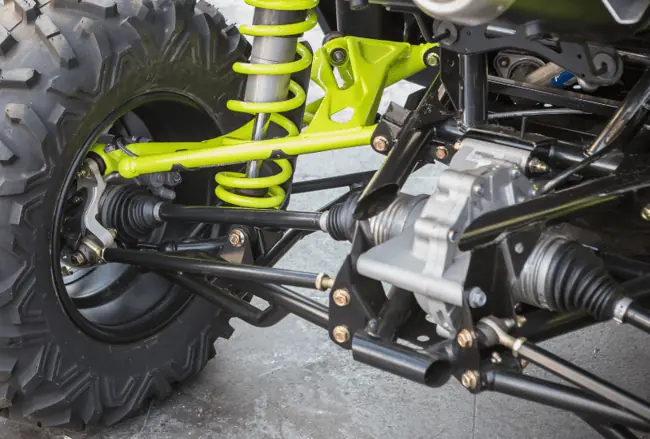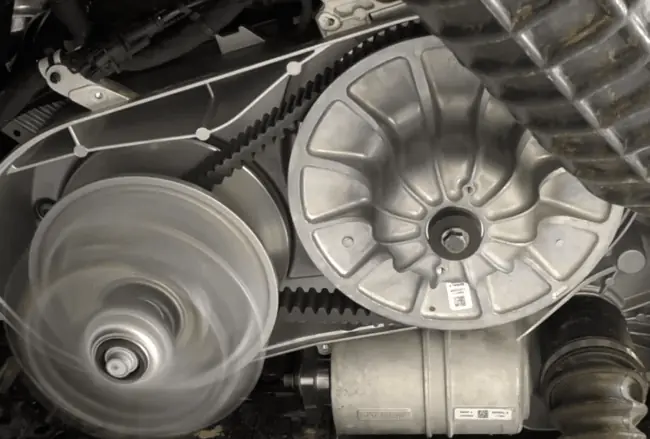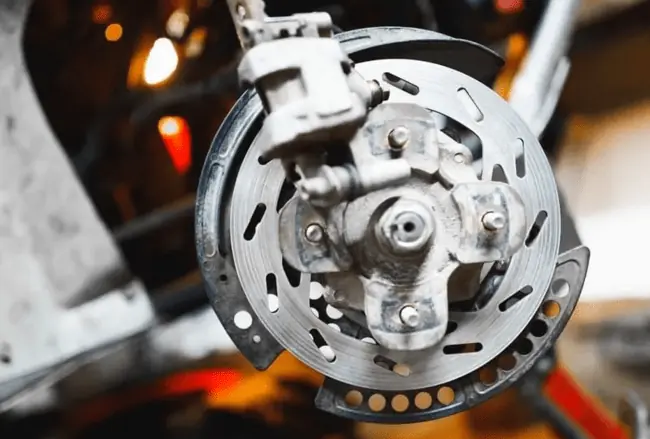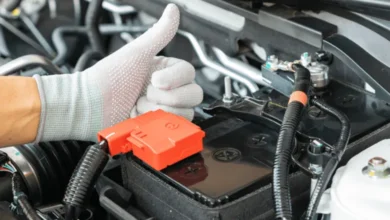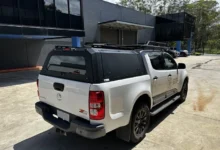A Guide to Shopping for ATV Parts
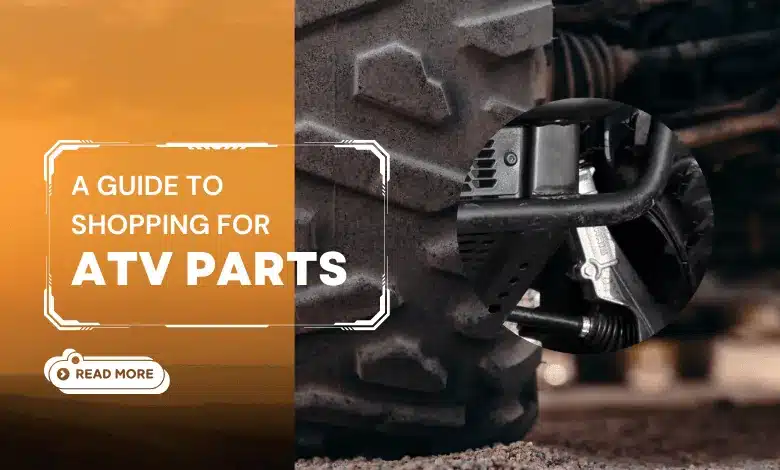
ATV sales have exploded in recent years, offering current and new riders more choice, fun, and lower prices. The good news extends to the array of maintenance options, including OEM and aftermarket parts and accessories in different price brackets and capabilities. This is one area where both newbies and seasoned riders can get caught out. ATVs are meant for thrills and spills, but a little care now and then with the right replacement parts ensures the fun lasts longer.
Regardless if you bought your quad bike new or are building your riding skills on a lend-me-down, there will be parts that call it quits sooner than others. Besides regularly changing air and oil filters, checking fluid levels, and ensuring the battery is in top condition, some parts will show signs of wear.
Axles and CV boots will bear all the hallmarks of how hard you’ve been on the machine. The same goes for the transmission and the drive belts that get the power down. And if you like speed (who doesn’t?), slowing your quad in turns, and negotiating bends can become harder if your brakes aren’t up to scratch. Along with regular consumables and the cost of tire and chain replacements, all new parts should be sourced from a trusted ATV parts shop.
This should have parts and extras that are compatible with your ATV make and model, with no fitment or quality issues to affect installation or riding. And a wider selection of proprietary and specialist third-party offerings besides the regular stuff you’d expect from the main ATV and UTV brands.
ATV Axles
Axles are some of the more important components of your quad. They carry the weight of the machine and rider and also transfer power from the transmission and engine to the wheels. Different models have different setups, with driven half-shafts seen in 4WD quads and older and 2WD machines usually with a solid axle and half-shaft combo.
Regardless of which type you have, axles go through a lot of stress and endure tremendous torque and heat. They’re subjected to hits and impact from rocks and branches that can easily rupture the grease-loaded CV boots that cover the spinning assemblies and make maneuvering possible.
While many manufacturers are turning to higher-quality parts, mostly from third-party brands, stock axles aren’t exactly known for longevity and are some of the first parts that will have riders digging deeper to replace. Bent axles aren’t rare, nor are snapped ones, and when that happens you’ll want a spare and get on with riding.
Aftermarket variants are sold as heavy-duty and extreme heavy-duty versions, going with thicker shafts made of treated steel, thicker neoprene boots and industrial bearings. The use of better materials ensures that axles survive jumps, run at full throttle, being slugged through mud and water or scraped against trees and boulders.
They handle heat much better, the boots resist punctures, and the bearings guarantee smooth sailing. There’ll be no weird sounds when turning or accelerating, the quad trying to throw you off from too many vibrations, or loss of steering feel from the bars.
Drive Belts
Most ATVs and bigger UTVs have a belt-driven CVT transmission. This consists of two sets of pulleys, with the belt transferring the torque to the axles. It’s a setup common in many cars and popular in that the engine can work at optimal RPMs and deliver power. The CVT does this by constantly going through gear ratios according to engine speed.
Like axles, belts go through quite a bit besides general wear and tear. Using the wrong gearing, high temperatures, even higher engine loads, uneven tooth wear or frayed edges, and broken cords and backing can be tough even on the Kevlar and carbon fibre belt core. Evident damage not only hurts performance, with clutches having a hard time engaging the belt on the sprockets but can lead to total loss of power if it snaps. Even minor issues like dirt and water buildup will show up when turning the throttle.
When choosing belts from an ATV parts shop, consider how and where you ride, the RPMs and engine load the belt typically goes through, compatibility and sizing, and whether you want to spend more on OE replacements or want more longevity from other brands. Drive belts also come as tiered options. Save some cash with standard-duty belts if you only do a few weekend rides on lighter trails, or spend a bit more for heavy-duty types when you need a little more when testing the limits of your machine.
Materials in both types differ, with more robust belts featuring ethylene or diene rubber composites instead of neoprene making up the teeth and backing and ensuring smoother operation and lower noise. Additionally, choose belts with fabric top layers if you’re regularly riding through dirt, mud and water or want to protect the belt from oil and grease.
ATV Brake Parts
Brake pads and brake assemblies are ATV parts that most riders order online. You’ll already know what works best with your quad bike, and when they need replacing.
Brake pads come in organic, semi-metallic, sintered and ceramic types, each with their pros and cons and suited for different types of riding. Organic pads are a low-cost, general-purpose variant that works well in recreational riding. They do however wear out fast, are known for creating a lot of pad dust and might not have the best feel through the brake pedal and lever.
Step up to semi-metallic pads, consisting of metals like copper, iron and composites for better braking power and shorter stopping distances. These are good for light trail duty at moderate speeds.
If you’re into competitive racing, then fit your ATV with a set of sintered pads front and back. This is a combination of varying metals treated under immense heat and pressure, so delivers more brake force when clamped against rotors for even better braking performance. They handle higher heat better too, and resist brake fade, but can be harder on discs and you’ll hear them in action each time you slam the brakes.
Lastly, go with ceramic pads consisting of ceramic fibers and a metal backing along with bonding materials for silky smooth and quiet stopping power. Ceramics are also a good choice if you want pads that last longer and are gentler on the rotors.
Why Consider Online Shopping?
Besides brakes, drive belts and axles, you can buy just about any UTV and ATV parts online. Shopping from home is convenient, saves time and is something we’re already used to.
There are dozens of payment options, quick (often same-day) deliveries to a specified address, and lower prices than you’d find in most brick-and-mortar stores. If you know exactly what part you need, in terms of part number, brand and specifics such as sizing, material composition and model compatibility, then online is the way to go.
However, don’t rule out conventional stores. These have owners and staff who know their stuff and can recommend parts and options if you’re looking for a performance edge or something that requires less maintenance. And they can introduce you to specialist brands that you’d soon be recommending to fellow riders. Regardless of which you choose, there are quite a few options for having your ATV and UTV ticking like new with parts that ensure more riding pleasure.
Explore more about words and creativity at www.wordplop.com.

